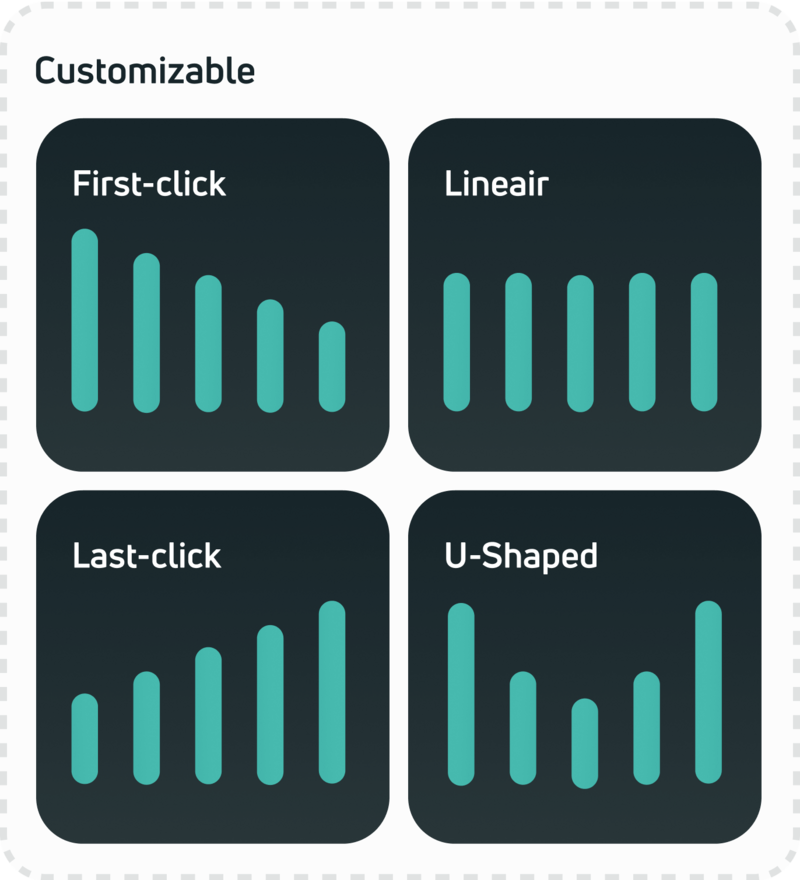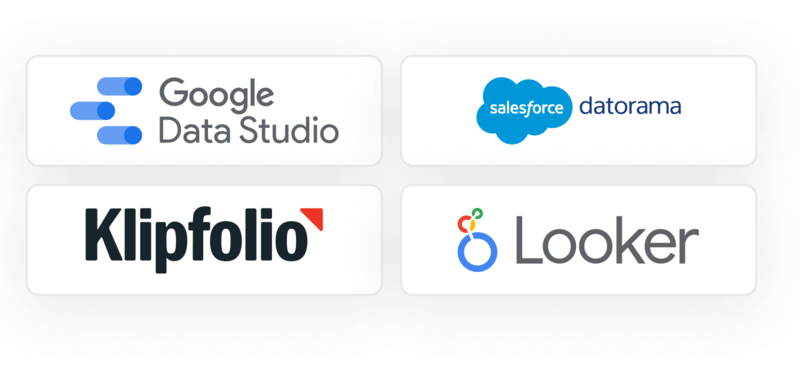Is your affiliate program on the Awin network really driving new conversions?
The Awin Affiliate network, like most affiliates platforms, is based on the last-click attribution model. This model attributes the complete conversion to the click that was sent by an Awin affiliate. All the previous marketing touchpoints (like ads, emails, etc.) that led to this conversion aren’t weighted and rewarded by this model. In the last-click attribution model, it seems like Awin was solely responsible for a conversion, which is rarely the case. Especially when the Awin network is filled with cashback or voucher promotion platforms, which will certainly capture the last click. You can understand that this can lead to a huge misinterpretation amongst performance marketers about where their true conversions are being generated. So what is the right way for marketers to approach this?
Marketers need attribution to understand what is driving their marketing performance
Because not only Awin, Google Analytics (GA) also runs on the last-click attribution model. So, all of the online conversions that are being shown to you in GA are based on the last traffic source that led to that conversion. Subsequently, the same consequences occur as with Awin, not the voucher program this time but paid search is claiming most of the completed conversions in your GA. Although the multi-channel funnel tab in GA can give some insights into which traffic sources are driving your conversions, it is still not what you need to make real decisions about your marketing strategy. The best solution is quite simple, namely a different attribution model.
What kind of attribution models are suited for Awin?
There are quite a few attribution models that are being used by marketers. Here at Odyssey, we believe in multi-touch attribution due to its effectiveness and transparency. The Odyssey platform gives an Incrementality index, based on multi-touch attribution. This Incrementality index grants a percentage based on the value of that particular touchpoint, campaign, or traffic source in the context of the complete range of conversion possibilities, so in comparison to all the other customer journeys. Here are a few multi-touch attribution models that can be applied with Odyssey:
- First Click Linear
- Linear
- Last Click Linear
- U-Shaped
- Custom model
So what about the real conversions and revenue that were driven by Awin?
When you look in your GA data, you will probably see that Awin is generating a lot of conversions and thus is responsible for a chunk of your total online revenue. Again, that is all based on last-click attribution. With multi-touch attribution, not all of the revenue is attributed to the last click and that makes a huge difference when you judge your Awin results. Your Awin revenue results are almost always lower when looking at your Incrementality based revenue, sometimes up to 70% less revenue. The discrepancy between GA and Odyssey is usually lower when the affiliate strategy is more focused on content than on conversions. With an understanding of your real conversions and revenue driven by your Awin publishers, you will be able to select publisher collaborations better and handle your budget accordingly.
Curious about how to start with multi-touch attribution?
Odyssey connects with your GA dashboard and exports the data into its great interface for you to use and see all the multi-touch attribution insights of all of your channels. Odyssey allows not only Awin data to be integrated, but all your marketing platforms are suited for integration with the Odyssey multi-touch attribution platform. It’s even possible to get Odyssey’s attribution into your current dashboarding environment. Click here to see more.










